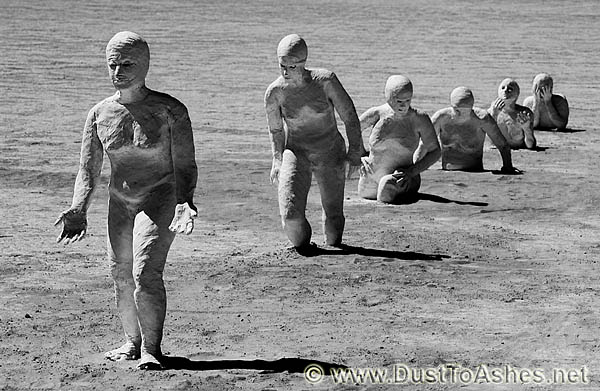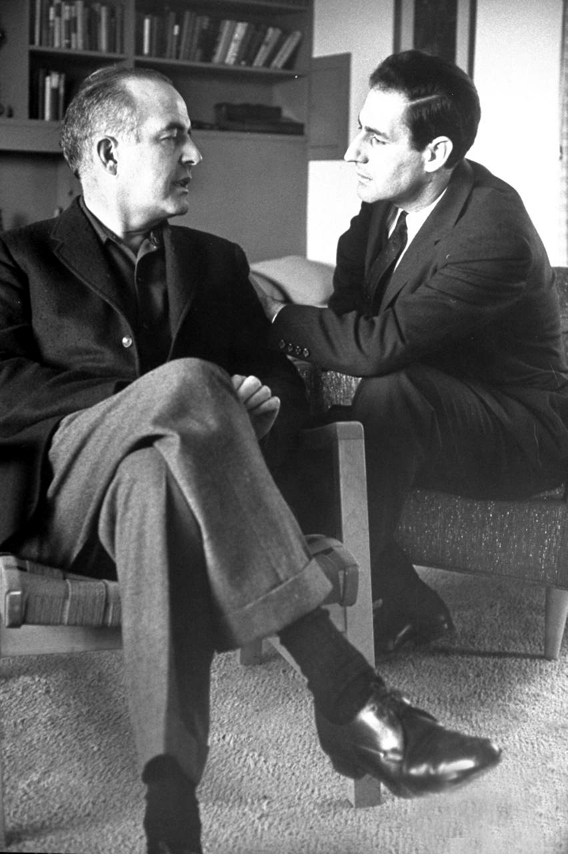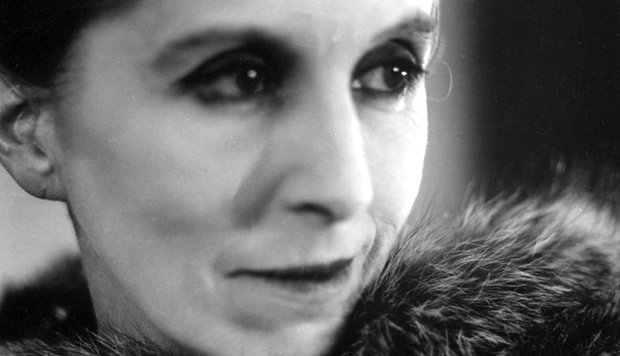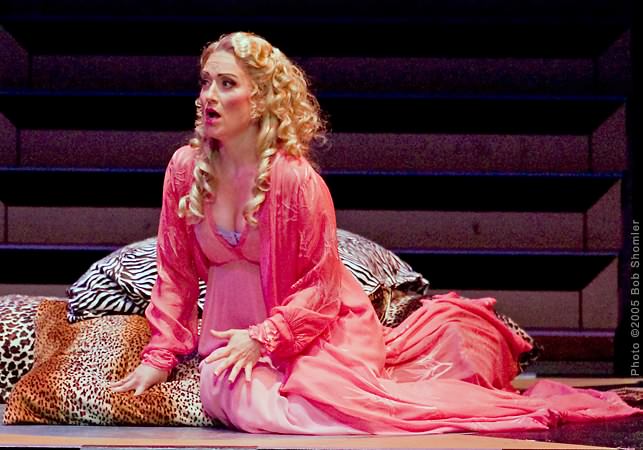This summer Glimmerglass Festival will open their season with a new production of Mozart's The Magic Flute, in an exciting debut by director Madeline Sayet and conductor Carolyn Kuan.
Ms. Sayet comes to Glimmerglass with a fascinating background, including a masters degree from NYU in Arts Politics and Post-Colonial Theory, training in improv theatre with Upright Citizens Brigade, and vast experience on stage herself portraying such Shakespearean heroines as Juliet, Viola and Katherina.
Of the top ten opera favorites, The Magic Flute has perhaps the most troubled libretto - at turns a fantasy, a kidnapping/murder caper, and a romance. Add to that lots of scene shifts, a large ensemble, and less than politically correct depictions of women and minorities, and you have a challenging piece in many ways.
OTT: Director Barbara Gaines once said something to the effect of: Once you’ve identified a problem in a play, unlocking that problem is often the key to the entire production. What is the most challenging thing about the text of The Magic Flute for you? Is there something you would like to crack open, a problem to solve?
Of the top ten opera favorites, The Magic Flute has perhaps the most troubled libretto - at turns a fantasy, a kidnapping/murder caper, and a romance. Add to that lots of scene shifts, a large ensemble, and less than politically correct depictions of women and minorities, and you have a challenging piece in many ways.
It's a good thing that Ms. Sayet has a record of fearlessness, as you can see from recent conversations with her at Howlround.com and TCGCircle.org. Opera Think Tank recently had the opportunity to pick her brain as well, as you can see from the following Q&A with her as she prepares what will surely be a remarkable production.
--
OTT: Director Barbara Gaines once said something to the effect of: Once you’ve identified a problem in a play, unlocking that problem is often the key to the entire production. What is the most challenging thing about the text of The Magic Flute for you? Is there something you would like to crack open, a problem to solve?
MS: As a society we no longer align ourselves with the original moral compass of The Magic Flute. We have evolved. Simply being a Prince does not automatically win Tamino an audience’s favor anymore.
So how do we construct new entry points into this story to help us navigate the space between the ages?
The decision to have Tamino begin in the city was the single biggest turning point. I already knew the main landscape for the production would be the northeastern woodlands. By staging Tamino leaving a contemporary city and traveling to the woods at the top of the opera, our audiences begin their journey between worlds with him. Suddenly, we understand his reactions as if they were our own.
A contemporary setting also offers us new opportunities to solve some of the other problems in the libretto. For starters, that the story preaches women are evil and you should stay away from them.
But, in interpreting the female characters in Flute there is actually quite a lot of room for exploration. How strong is Pamina as the child of two great forces? What does it mean for Papagena to be a match for Papageno? And in what ways does the Queen of the Night’s power equal Sarastro’s, without manifesting as evil?
These questions led us on a path to create more complex images for the women in Magic Flute. By grounding the journey in the push and pull between tradition and innovation we have found a holistic approach to creating a Magic Flute that’s logic is pulled from the now.
You’ve written fearlessly about directors finding a more constructive way to lead than echoing the colonial paradigm of "a white man barking orders" and automatically being “the smartest person in the room.” However, as the leader of the rehearsal process, what strategies do you use to diffuse the inevitable tension of conflict that comes from the creative process? How would you handle opposition from a singer, technician, or conductor?
The biggest problem with the continuation of the model of the colonial paradigm is that it is a fear-based strategy. Fear is the very breeder of conflict. Communication, on the other hand, dissipates it.
What source is there for conflict when everyone is being heard and considered? When no one is voiceless? Aren’t we all working together to find the best solution - to make the best production possible that resonates with all of us?
Of course - the greatest challenge to this philosophy is time. Since we are ever running out of it in this industry. I have never - as of yet - dealt with direct head-on opposition to any directing choices I have made. Perhaps because I do not see the world as linearly as that. But, if it were to happen - in that head-on way - I can only imagine that would be because I had stopped listening or the other person had, and that the best way to find the path again would be to see what we had missed and check in, before moving forward.
You’ve called the Magic Flute an Enlightenment Story, in terms of spiritual enlightenment. How do you make sense of the many symbols and rituals in the piece - revered objects like the flute, Isis and Osiris prayers, Freemasonry imagery, and mythic tests of walking through fire and ice? Is there a through line of imagery or ritual in which Tamino and Pamina will find value?
Do you have a daily ritual? What is ceremony for you today?
One of my favorite discoveries for our Magic Flute has been reframing enlightenment in a modern context. We are living in a time when many people no longer strongly identify with religion, but still surround themselves with ritual to get away from all the noise and search for inner peace.
My mother is the Medicine Woman of the Mohegan Tribe, so those are the traditions I am grounded in. The push and pull between worlds is something I am familiar with as a Mohegan living in New York City. So much of The Magic Flute - Isis and Osiris, the flute itself, the trials - is about balance. For me, the trials of Fire and Water, are not about survival by enduring, but rather realizing you must develop a relationship with your environment.
Early in the design process we realized that there are many masonic symbols that look almost identical to Mohegan symbols. The symbols in Flute are echoed throughout a vast array of cultures and many of them permeate our current landscape more than we realize. I’m excited to see what these revelations and connections inspire in our audiences.
Early in your career you took inspiration from Shakespeare’s Caliban, an indigenous islander in The Tempest, who was treated as a monster. Isn’t The Magic Flute’s Monastatos a monstrous, racist stereotype, and how do you hope to overcome this, or any other stereotypes you find in the piece?
There is a lot of darkness and rage in old racist stage depictions. There is no way around it. It is an ugly part of performance history that we haven’t transcended yet.
Caliban was a character in whom I found light and heroism, so I wanted to free him from the box he had been trapped in. But, recently revisiting a Caliban/Prospero scene with the Native Shakespeare Ensemble at Amerinda- a hush fell over the room. It was as if uttering those words in that environment hurt every one of us. Damaging reflections of the past still permeate the classical stage.
Monastatos doesn’t even have as much flexibility in the story as Caliban in Tempest. He is human in his messiness, but the character is not designed to be lovable, despite love being his only real desire.
He is designed to be an outsider. So what do you do? You cannot tackle or soften the hurt that the continuance of these characters perpetuates.
While, I believe deeply that Monastatos deserves an adaptation in which the historical complications of that character are the focus of the production, it is not this one. In honesty, choosing not to focus on Monastatos in this production was very difficult for me. But, our production is grounded in the woodlands, a world with its own belief systems. That is a world that had no word for slavery.
Our Mohegan word for freedom is Nayawiyuwok. In Tempest, I had the luxury of being able to reframe things in order to understand and complicate Caliban’s very human perspective using that word. However, Monastatos is not the centerpiece of this production and is being portrayed by a white performer [Nicholas Nestorak] in a more contemporary relationship, so we have decontextualized the character from the traditional politics of his race.
Our Mohegan word for freedom is Nayawiyuwok. In Tempest, I had the luxury of being able to reframe things in order to understand and complicate Caliban’s very human perspective using that word. However, Monastatos is not the centerpiece of this production and is being portrayed by a white performer [Nicholas Nestorak] in a more contemporary relationship, so we have decontextualized the character from the traditional politics of his race.
This is in no way an attempt to sanitize the ugly history of the character, but he simply is not the focus of this production, where you will find a more utopian depiction of racial relations, and the conflicts lie in other cultural divides.
There are spheres constructed within all of these stories, and ultimately, when building a world for them, I have to think about whether I want to reconstruct an ugly past, or envision a better future.
Our Magic Flute is a Flute for the future. The web of conflict in it stems from real divides that exist around us in the world today. I have broken down as many of the disgusting stereotypes as I could by reframing characters to give them their full complexity. When young people see this production, I want them to see a future for themselves in this world.
Pamina will not be a damsel in distress. And there are new elements, such as our dancers who represent woodland spirits that take on a life of their own in this production, truly bringing breath to the woods. How can each character be reframed for relevance today rather than sit in a static past?
This is an opera, and we are limited by the story of the music. But I can't help but think that the music - while written in different times - still wants an honest reflection in the world today.
There are spheres constructed within all of these stories, and ultimately, when building a world for them, I have to think about whether I want to reconstruct an ugly past, or envision a better future.
Our Magic Flute is a Flute for the future. The web of conflict in it stems from real divides that exist around us in the world today. I have broken down as many of the disgusting stereotypes as I could by reframing characters to give them their full complexity. When young people see this production, I want them to see a future for themselves in this world.
Pamina will not be a damsel in distress. And there are new elements, such as our dancers who represent woodland spirits that take on a life of their own in this production, truly bringing breath to the woods. How can each character be reframed for relevance today rather than sit in a static past?
This is an opera, and we are limited by the story of the music. But I can't help but think that the music - while written in different times - still wants an honest reflection in the world today.


































.jpg)










.jpg)




